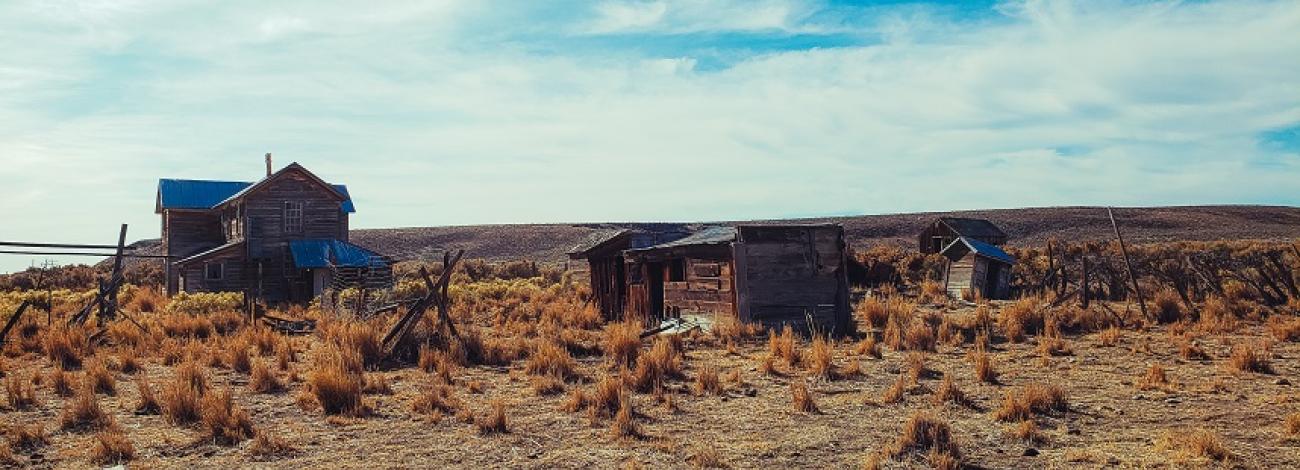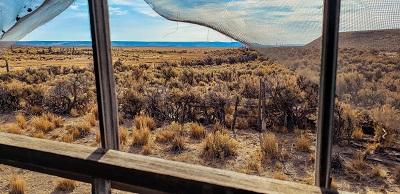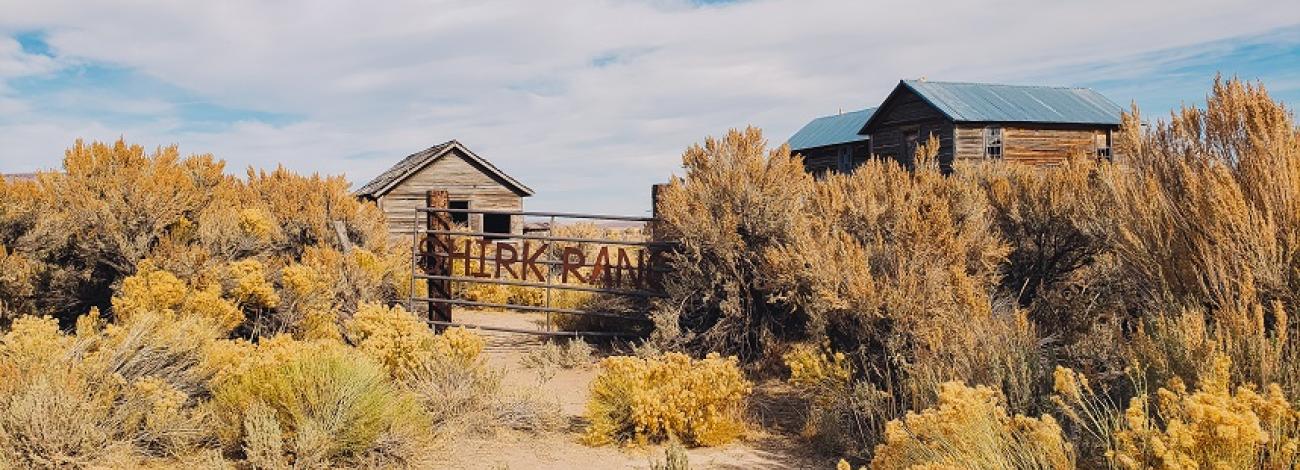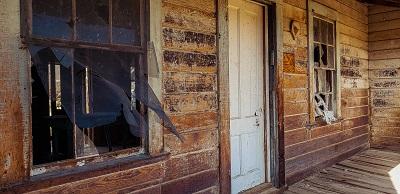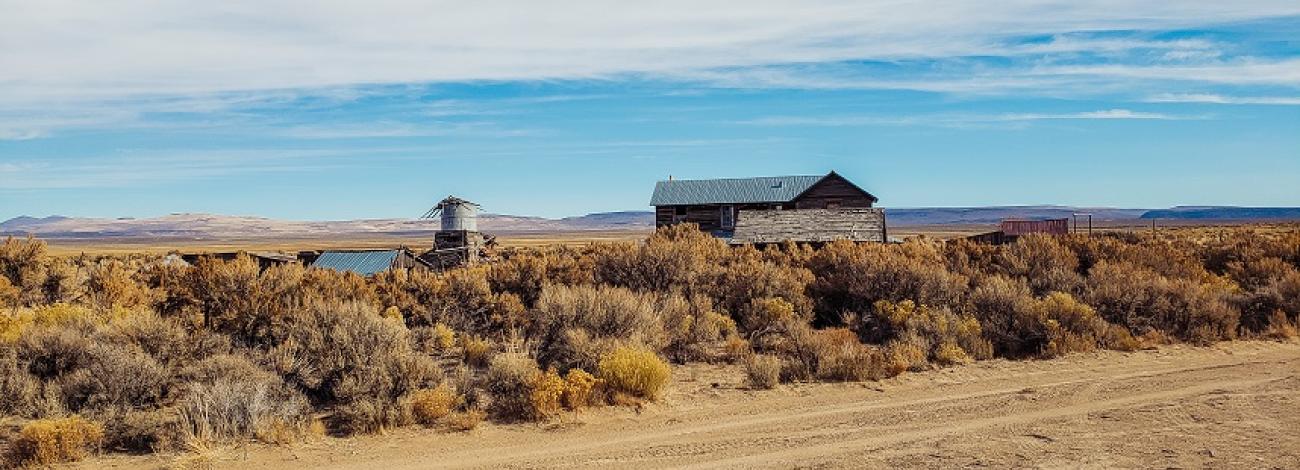Related Content
Related Stories
- 11-year-old Touren Pope discovers ancient turtle fossil on BLM land in Wyoming
- Popular posts: BLM's most viewed blogs of 2025
- Timber Talk: OR/WA logs a big win in FY25
- Using science to uncover mysteries of the Mesa archaeological site in Alaska
- Historic Umtanum Suspension Bridge wins international footbridge award
Office
1301 South G Street
Lakeview, OR 97630
United States

